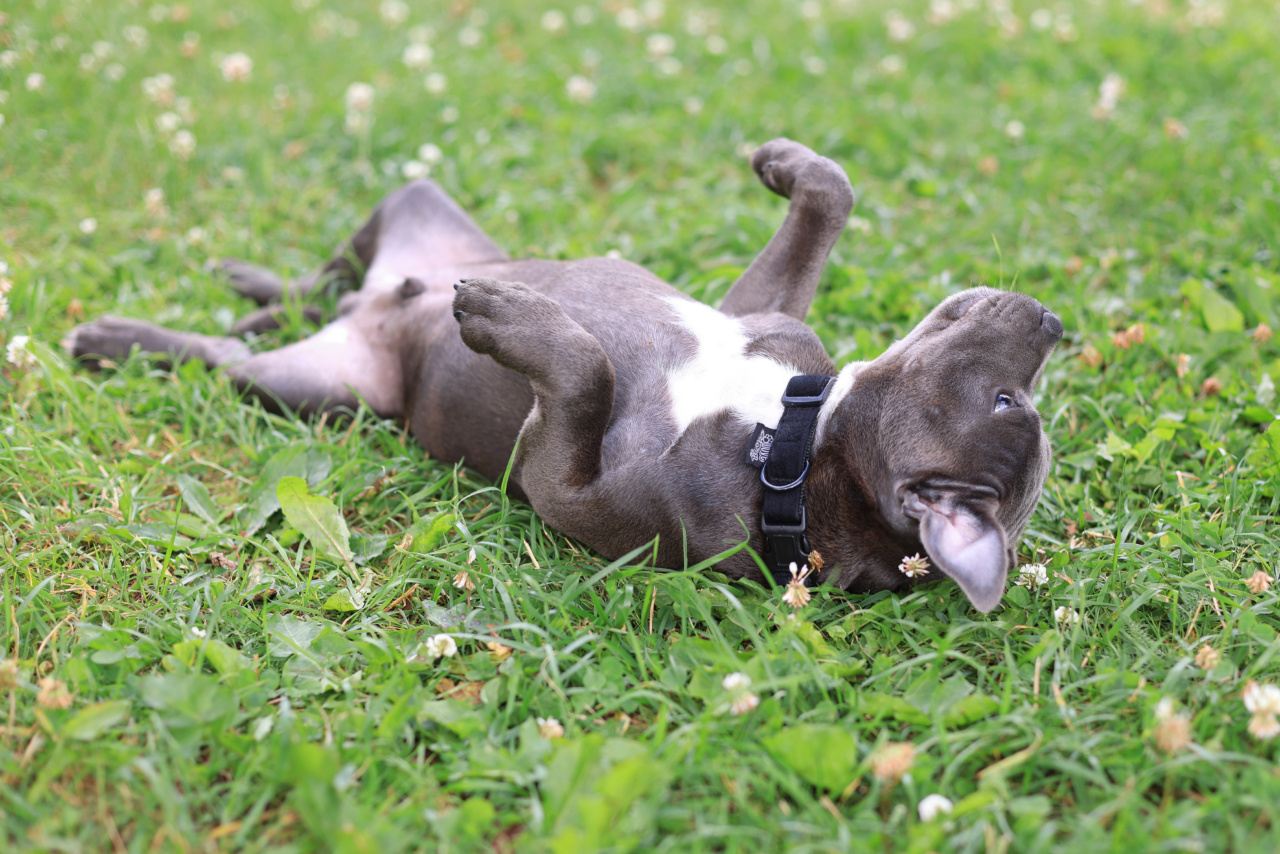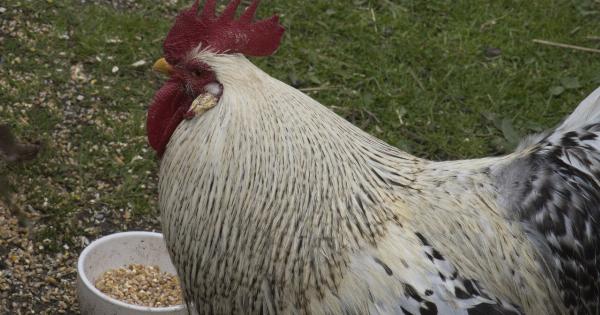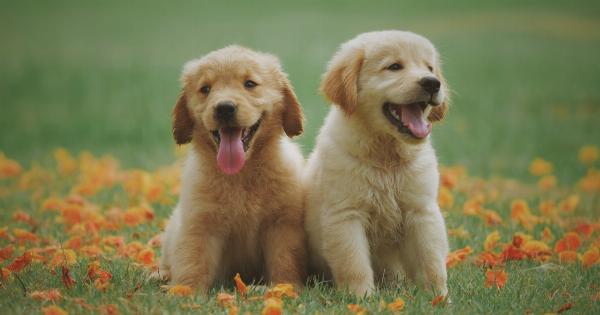Welcome to Big Dogs 101, where we’ll cover all the essential information you need to know about owning and caring for big dogs.
Whether you’re considering adding a large breed to your family or already have one, this comprehensive guide will provide you with valuable insights and tips to ensure a happy and healthy life for your furry friend.
1. Choosing the Right Breed
When it comes to big dogs, breed selection is crucial. Different breeds have various temperaments, exercise needs, and health considerations.
Do your research and consult with breeders or animal professionals to find a breed that aligns with your lifestyle and preferences. Some popular big dog breeds include Great Danes, German Shepherds, Labrador Retrievers, and Golden Retrievers.
2. Training and Socialization
Training big dogs is essential for their safety and the well-being of those around them. Start obedience training and socialization early on to shape their behavior and ensure they become well-adjusted members of your family.
Enroll your dog in obedience classes and expose them to various environments, people, and other pets to promote positive social interactions.
3. Exercise Needs
Big dogs typically have higher exercise requirements compared to smaller breeds. Regular exercise is vital to keep them physically and mentally stimulated, prevent boredom-related behavior issues, and maintain a healthy weight.
Plan daily walks or jogs, engage in interactive play sessions, and provide opportunities for off-leash activities in secure environments.
4. Proper Nutrition
Feeding your big dog a balanced and nutritious diet is crucial for their overall well-being. Consult with your veterinarian to determine the right type and amount of food suitable for your dog’s breed, age, and activity level.
Avoid overfeeding, as obesity can lead to a variety of health problems, including joint issues and heart disease.
5. Grooming and Hygiene
Grooming requirements can vary among big dog breeds. Some have thick coats that require regular brushing to prevent mats and tangles, while others may need occasional grooming to keep their coat looking its best.
Pay attention to their dental health, trim their nails regularly, and clean their ears to prevent infections.
6. Health Care
Regular veterinary check-ups are essential for all dogs, including big breeds. Schedule routine vaccinations, parasite prevention treatments, and dental cleanings as recommended by your veterinarian.
Big dogs are prone to certain health issues such as hip dysplasia and bloat, so it’s crucial to monitor their health closely and address any concerns promptly.
7. Providing a Safe Environment
Big dogs need a safe and secure environment to thrive. Ensure your fencing is sturdy and tall enough to contain them, and consider using baby gates or crate training to limit access to certain areas of your home when needed.
Remove potential hazards and toxins from their living spaces, both indoors and outdoors, to prevent accidents and injuries.
8. Mental Stimulation
In addition to physical exercise, big dogs require mental stimulation to prevent boredom and destructive behaviors.
Interactive toys, puzzle games, and obedience training exercises that challenge their problem-solving abilities can help keep their minds sharp and engaged.
9. Socializing with Other Dogs
Providing opportunities for your big dog to socialize with other dogs is essential for their social development.
Arrange playdates with well-mannered and vaccinated dogs, visit dog parks, or enroll them in doggy daycare programs where they can interact and play under supervision.
10. Building a Strong Bond
Lastly, remember to spend quality time with your big dog to build a strong bond and foster positive relationships.
Dogs thrive on love, attention, and companionship, so make sure to engage in regular cuddle sessions, bonding activities, and plenty of positive reinforcement to strengthen your connection.




























